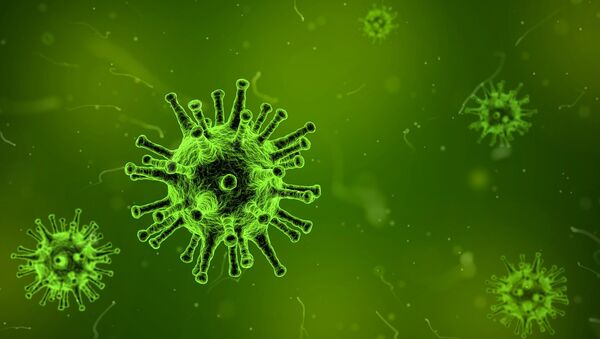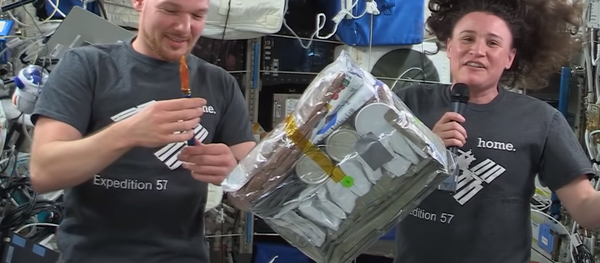Astronauts on board the International Space Station are coexisting with a colony of "space bugs" which could pose a risk to future space missions, a new study has found.
According to researchers from the California Institute of Technology, who published their findings in journal BMC Microbiology, the orbiting outpost is home to five varieties of Enterobacter, a rod-shaped bacterium resembling infectious organisms that infected hospital patients, including newborns, in Africa and Northern America. The samples of the microbes were taken from a toilet and an exercise area on the space station.
"We revealed that genomes of the five ISS Enterobacter strains were genetically most similar to three strains newly found on Earth. These three strains belonged to one species of the bacteria, called Enterobacter bugandensis, which had been found to cause disease in neonates and a compromised patient, who were admitted to three different hospitals (in east Africa, Washington state and Colorado)," said Kasthuri Venkateswaran, a senior research scientist at the lab that commissioned the study.
The research team believes that the bacteria in their current form do not pose a threat to human health. However, they warn that the "space bugs" should be monitored as they could potentially pose a risk to future missions.
READ MORE: Russian Space Freighter Docks With ISS in Automatic Mode
While the ISS strains appear to be non-virulent to humans in their current form, the authors warn about a 79-percent probability that they may potentially cause disease. However, since the scientists used computer analyses to make the prediction, they recommended further research of living organisms.




